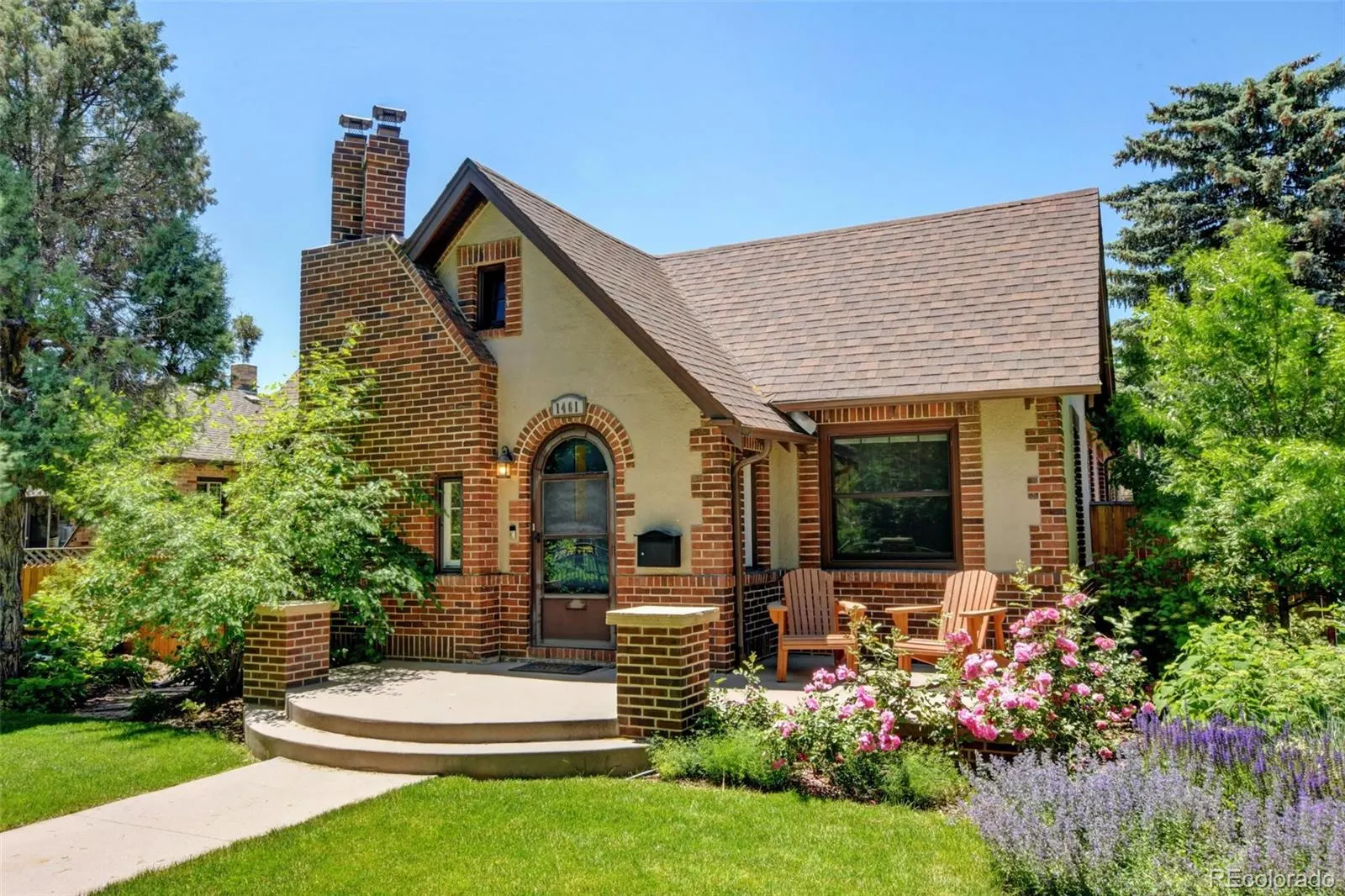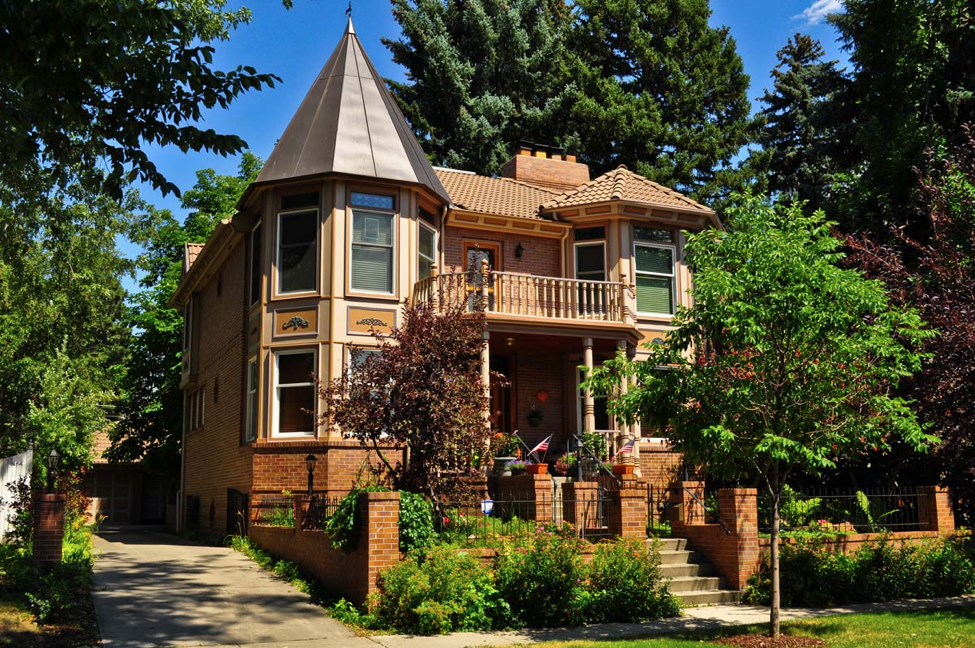Hale /Mayfair and Montclair
Hale, Mayfair, and Montclair Neighborhoods
HALE
Walkability and bikeability are huge selling points in this smaller neighborhood. And, residents may trade the peace and quiet of more outlying neighborhoods for straightforward city access and urban amenities. Here’s what it’s like living in Hale, Denver.
This highly sought-after community is lauded for its schools, accessibility, and safety. Denver natives and transplants find many reasons to make their homes here, and those new to the area will find it easy to explore their new neighborhood.
External streets are constantly busy while the interior of Hale is home to sleepy, shaded streets and an abundance of charming homes. The community is active, main thoroughfares are crowded, and restaurants buzz with Sunday brunch crowds and happy hour enthusiasts. Numerous schools and religious establishments make it easier to build a community here than in some of Denver’s other more transient neighborhoods.
Hale’s homes run the gamut from elegant Tudor to ranch-style brick and everything in between. Many people rent, but those who do decide to buy will find that real estate prices are significantly lower than the neighboring Congress Park. As residential and retail interest in Hale continues to grow, more homes may become available. House hunters can find everything from a one-bed, one-bath condo to an elegant brick Tudor that boasts some serious curb appeal.

MAYFAIR
Bounded on the south by 6th Avenue Parkway and the north by Colfax Avenue, Mayfair sits centrally to many of the city’s best restaurants, shopping centers, and business centers. What’s more, safety and security come easy in this quiet neighborhood, making it perfect for Denver natives and transplants, alike.
Due to Mayfar’s proximity to downtown Denver, Cherry Creek, and main thoroughfares, real estate tends to be on the above-average side when compared to other neighborhoods. The actual area overlaps Montclair and Hilltop—which both boast pricey, historic homes as well, driving the average price in Mayfair up quicker than other areas in the city.
Since this southeastern section was home to some of the city’s first residents, the architectural style of many Mayfair homes mark Denver’s boom and bust eras. To the East, elaborate Victorian-style two-stories sit adjacent stately brick Tudors. Travel to the southern end of Mayfair for ranch-style, single-family homes and contemporary mansions. Throughout the neighborhood, modern builds like multi-story apartment buildings and condos are cropping up to meet the growing real estate demand.
Mayfair is markedly quieter than other Denver hotspots like The Highlands and LoDo, but that’s what residents like about it. Mature trees line many streets and shade the sidewalks, giving feelings of elegance and tranquility despite a quickly growing metropolitan area.
Wide sidewalks, well-maintained lawns, and a pretty park contribute to the neighborhood’s relaxing vibes. A variety of residents call Mayfair home, and no matter what prospective homebuyers are looking for, they can find it in this historic, eclectic area.
MONTCLAIR
Montclair was originally developed as a small suburban community east of Denver. The land was purchased and developed by the Montclair Town and Improvement Company in 1885. The community was originally designed to attract wealthier residents who were turned off by Denver’s “400 saloons and forty Market Street bordellos”. To this end, homeowners were required to purchase and build on lots that were twice the Denver standard size of 25 feet by 125 feet. Homes were required to be at least three stories high, made of brick or stone. In addition, town trustees had to approve all plans and saloons and alcohol were forbidden.
Jane Smith, a Montclair preservationist, began pushing the idea of a historic district in 1973. In 1975, residents and the Denver City Council voted to make the central heart of Montclair a historic district. This made Montclair one of the first neighborhoods to seek landmark designation, and the district was the fifth city-designated landmark district.
Precisely the same requirements that made Montclair exclusive at the turn of the century became a driving force behind the establishment of the district – the neighborhood includes grand old trees, large lots, and distinctive houses, including nineteenth-century Victorian architecture and Queen Anne style architecture. However, during the twentieth century these original homes were joined by bungalows, cottages, Tudor revival, and modern Ranch-style houses.

HOMES FOR SALE
Would you like to learn more about a local area?
Do you have any questions or concerns about the current market conditions?
I am a local expert and top preforming agent with 15+ years of experience.
CLICK ON THE BUTTONS BELOW TO SET UP A MEETING!
(IN-PERSON OR VIA ZOOM)






















